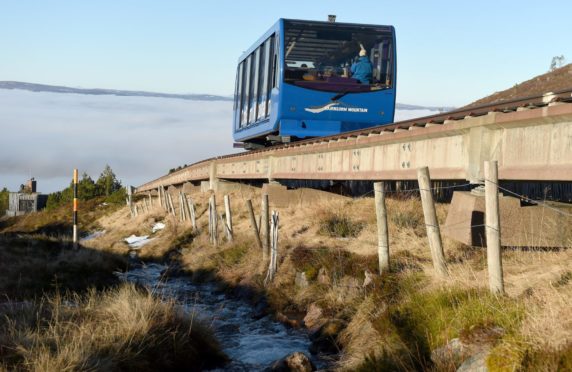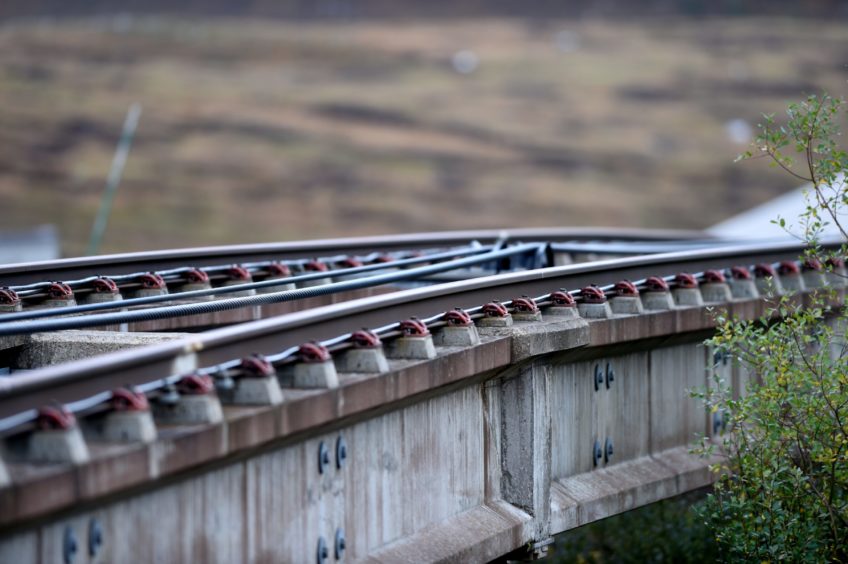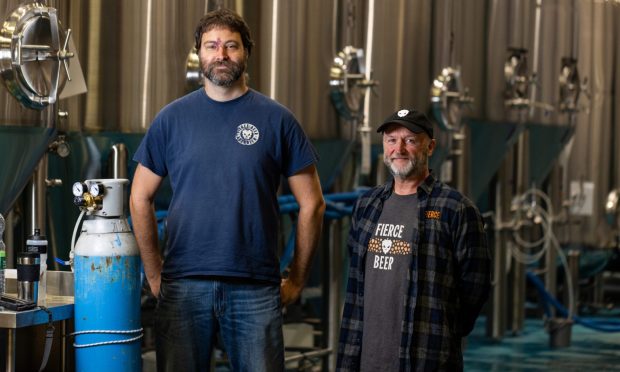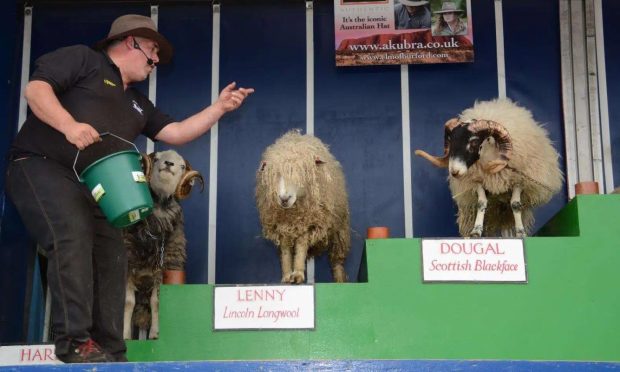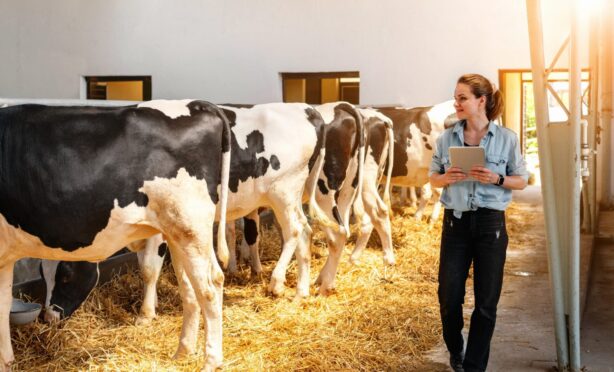Highlands and Islands Enterprise (HIE) is suing the builders and designers of the Cairngorm funicular railway for £14.5million.
A claim by the Scottish Government-funded quango against the owners of Morrison Construction is due to be heard in the Court of Session.
Multi-million pound repairs are currently being carried out on the railway, which was taken out of service in October 2018 amid safety fears.
HIE said it had “serious concerns” over the failure of key parts of its infrastructure after less than 17 years of operation.
The case is understood to centre on defects found after the railway’s closure and breaches of contract.
Morrison is now part of the GallifordTry construction company, based in Uxbridge, in England
Repairs under way on railway
The agency awarded the contracts to Morrison for the design and construction of the mile long railway, which was built at final cost of around £26.75m and opened in 2001.
Last October, it was announced the line was to be repaired as part of a £20m project to make the struggling Cairngorm resort a year-round attraction and Balfour Beatty was appointed to carry out the work.
The announcement followed the preparation of a detailed business case put to the Scottish Government by HIE.
The first estimates from the agency put the costs of repairing the railway at £10-15m and removing it at up to £17m.
Last year HIE was granted planning permission by the Cairngorms National Park Authority (CNPA) to carry out repairs to 63 of the funicular’s 94 concrete supporting piers.
An HIE spokesman said: “It is clear that the failure of key aspects of the funicular infrastructure after less than 17 years of operation raises serious concerns.
The reinstatement works that are now under way require significant public funding and we have a clear duty to do all we can to reduce the burden of these costs.
“For that reason, we have raised a case in the Court of Session against the funicular’s original contractor and structural engineer with regards to their role in the initial project. ”
“As these legal proceedings are currently under way, it would not be appropriate to comment further at this stage.”
HIE awarded private company Natural Retreats UK a 25-year contract to run the Cairngorm centre in 2014.
In 2018 the quango stepped in when Natural Retreats placed its subsidiary that ran it, CairnGorm Mountain (CML), into administration following the funicular’s closure.
The centre is still run by a company set up by HIE following the collapse of the previous operator.
Quango footing £10m of repair costs
The start of work on the funicular repairs was held up by the Covid-19 pandemic.
HIE is footing £10.35m of the bill, using early £8.5m raised from the 2019 sale of the Centre for Health Science to the University of the Highlands and Islands (UHI).
The Scottish Government is contributing a further £10.6m to the project.
It is understood HIE has commissioned expert reports for the forthcoming court action.
In March, public spending watchdog Audit Scotland warned Inverness-based HIE faces “significant financial challenges and uncertainties” managing the funicular repairs and other major projects amid the Covid crisis.
A report by Audit Scotland in 2009 revealed that Morrison Construction managed to reduce the costs of building the railway with a number of measures, including using concrete support beams rather than steel ones.
GallifordTry declined to comment on the case.
HIE is also pursuing legal action against the holding company of Natural Retreats.
